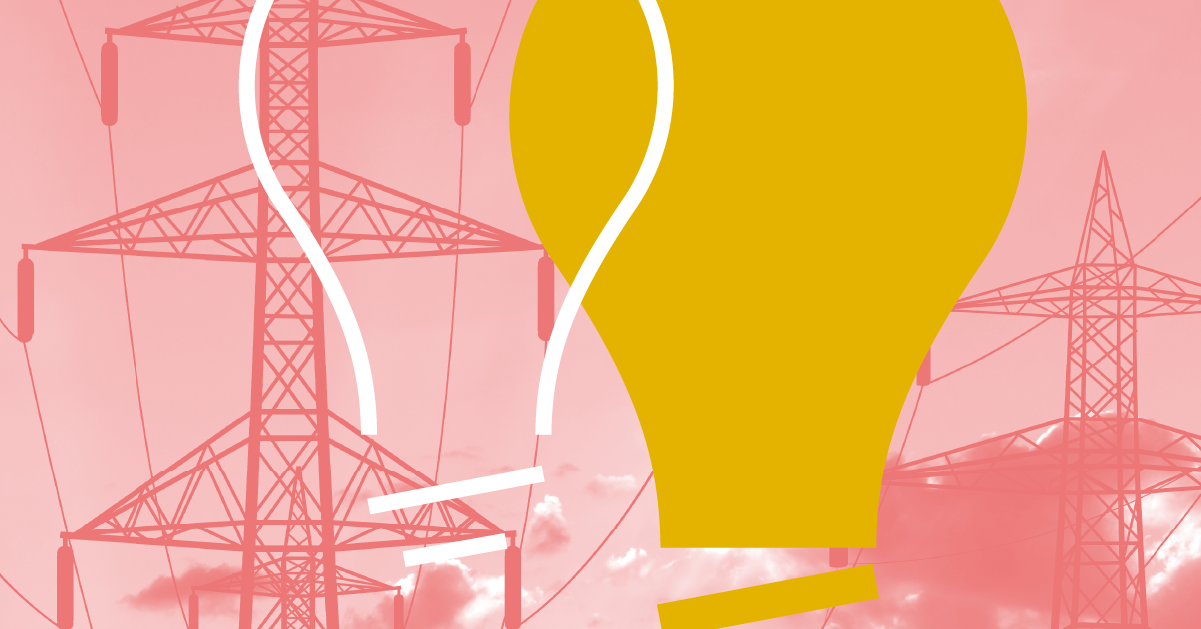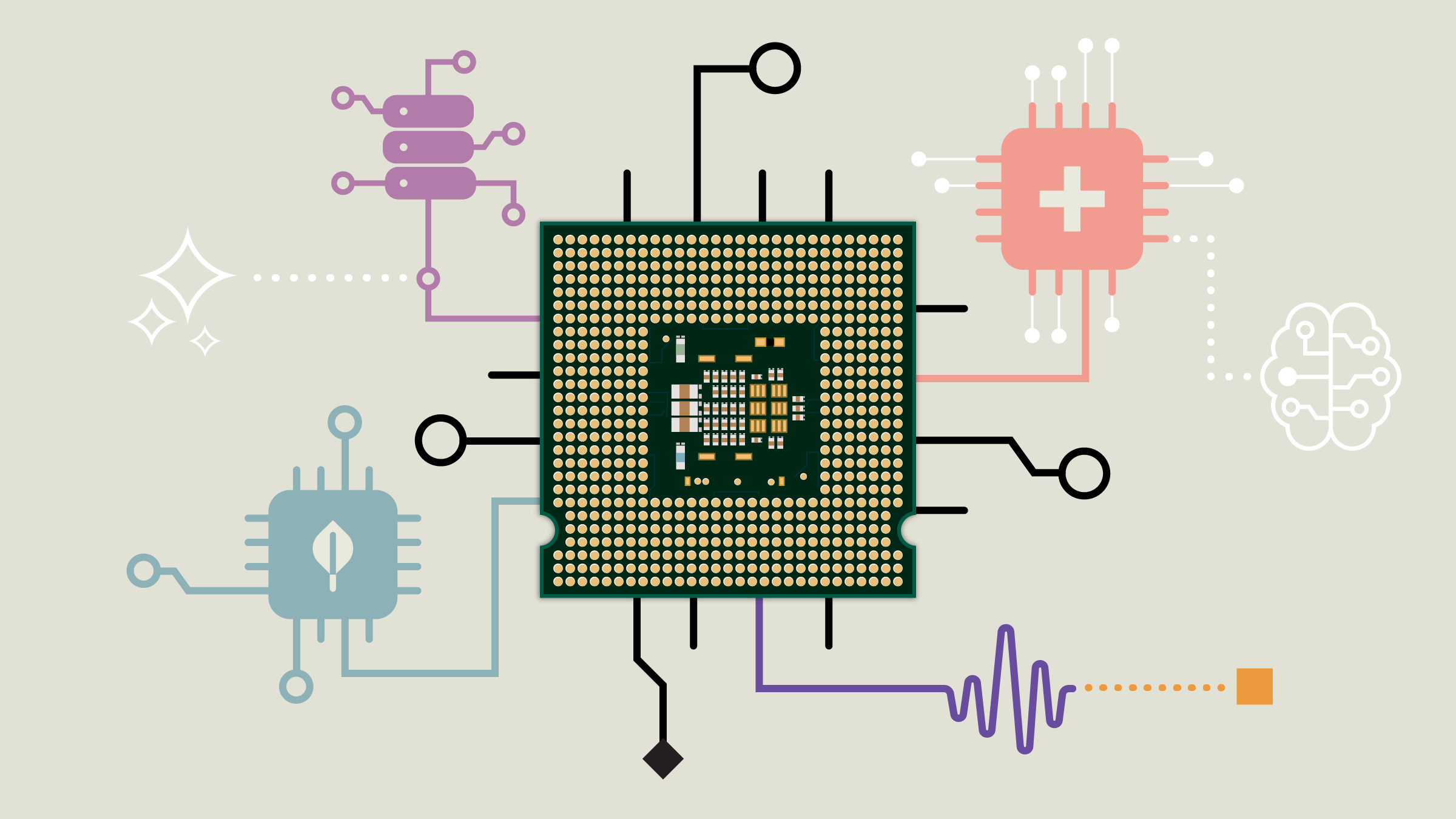Key Takeaways
- There's several reasons why dividend payers are often considered defensive, and the first really comes down to the type of stocks that pay dividends. These are firms that have the financial strength in terms of both cash flow and earnings to both initiate and maintain a dividend.
- Dividend stocks as a group have performed very well on a relative basis in 2022, both just in terms of total return for the year and then in terms of month-to-month volatility.
- The only U.S. market sector that's in the black for the year to date is energy.
- In general, a low interest-rate environment is considered favorable for equity investments in general, not just dividend stocks.
Susan Dziubinski: Hi, I'm Susan Dziubinski with Morningstar, and welcome to Dividend-Stock Deep Dive. On today's episode, we're turning the tables. I'm interviewing David Harrell, who is the regular host of Dividend-Stock Deep Dive, and today, we're going to discuss the pros and cons of investing in dividend-paying stocks during bear markets and recessions.
David, nice to see you today on the opposite side of the table.
David Harrell: Great to be over here.
Dziubinski: Let's talk a little bit broadly at the start. Dividend stocks are often referred to as defensive investments. Why?
Harrell: Sure. So, there's several reasons why dividend payers are often considered defensive, and the first really comes down to the type of stocks that pay dividends. These are firms that have the financial strength in terms of both cash flow and earnings to both initiate and maintain a dividend. And often these are companies—they're more mature; they're in industries such as utilities, consumer staples, energy, healthcare—and these are all industries that by themselves are generally considered somewhat defensive. The second is, if you think about—if you've assembled a dividend portfolio or there's a rule-based dividend index, think about the types of companies that aren't in that index or portfolio, and that's some of your big-name tech or internet firms generally aren't there. So, you don't have those firms in your portfolio. And the third thing is the dividends themselves, that even if stock prices are down, you still have this stream of spendable income coming in.
Now, there's one thing I want to be very clear here though is that there's often this saying that, well, dividends mute volatility because the dividend payment offsets a price decline. So, if you have a stock that was at $100, it's declined to $90, but you got a $5 dividend payout—hey, you're only down $5. And what investors sometimes forget is that when stocks go ex-dividend, on their ex-dividend date, their prices are actually adjusted downward by the exact dividend amount. So, dividends are great, but there's no free lunch there. What you do see is this price decline when you get your dividend payout. So, great to have, but it doesn't offset in the same way that people think they do.
As to whether or not dividends are defensive in practice, it depends. Amy Arnott, who's a portfolio strategist for Morningstar, recently looked at six recessionary periods going back to 1980. And what she found was that, in three of those periods, dividend stocks outperformed the broad market, and in three, the broad market outperformed dividend stocks. So, yes, you think of them as defensive, but not necessarily, at least not in all recessionary environments.
Dziubinski: Let's talk a little bit about how dividend-paying stocks as a group have performed during 2022's bear market.
Harrell: Dividend stocks as a group have performed very well on a relative basis in 2022, both just in terms of total return for the year and then in terms of month-to-month volatility. September was a bad month for U.S. stocks in general, including dividend payers, but they both, the broad market and dividend stocks, had a strong October. Where things stand right now, the broad U.S. market is down nearly 18% on a total return basis for the year to date, and a dividend index like the Dow Jones U.S. Select Dividend Index is down less than a single percentage point, and there's some dividend indexes that are actually slightly in the black for the year to date. So, you're looking at a performance differential of about 17 percentage points, which is really huge. So, 2022, dividend stocks have outperformed.
Dziubinski: David, let's unpack those returns a little bit. Are there particular sectors that are dividend-rich that perhaps contributed most meaningful to that difference in returns?
Harrell: Sure. As you know, the only U.S. market sector that's in the black for the year-to-date is energy. I believe the Morningstar U.S. energy sector is up 66% for the year to date on a total return basis. And so, you're finding a lot of dividend payers with that index. And then you have other dividend-rich sectors that have performed well relative to the broad market, even though they're still down year to date. But when we think about 2022 performance, I think we're going back to what I was saying earlier about what are the stocks that you don't own in a dividend portfolio, because what we're seeing right now is, if you look over the past decade, the U.S. equity market was really driven by the performance of something like the FAANG stocks, for example, these non-dividend-paying, growthier internet and tech companies that were really driving stock market returns. And during that period, it was actually difficult for dividend indexes and portfolios to keep up because they didn't own those stocks, simply because they didn't pay dividends for the most part. And what we're seeing now is something completely different. In 2022, for example, Meta Platforms around a year ago—a little more than a year ago—had a market cap of more than $1 trillion. That market cap has declined to less than $300 billion at this point. So, huge declines in some of those stocks that's driving the U.S. market down. Dividend indexes and portfolios generally don't own those stocks. I think that's the biggest driver of the strong relative performance of dividend stocks in 2022.
Dziubinski: Now, have there been particular dividend-rich sectors that maybe haven't done as well this year?
Harrell: Sure. You take utilities, for example, which are often considered a strong sector or a sector rich in dividends. I spoke with Travis Miller back in March, and he pointed out there's a double whammy—and this was early in the year, but it held up throughout the year for utility stocks—and that's inflation and interest rates. Utilities, regulated utilities especially, cannot pass on price increases easily to their customers because of the regulatory aspect. That was hurting them. And then, also, they're generally heavy borrowers. Increased debt servicing has affected them. But then other sectors, consumer staples, healthcare, for example, have outperformed the broad market, but they're still down on a total return basis for the year to date.
Dziubinski: Now, given that interest rates have risen this year, which you alluded to, it may surprise investors that dividend stocks have done as well as they have, because in general, people may think that rising interest rates are bad for dividend-paying stocks because bonds are more attractive. Let's talk a little bit about that perception about dividend-paying stocks.
Harrell: Sure. In general, a low interest-rate environment is considered favorable for equity investments in general, not just dividend stocks. Rising-rate or higher-rate environment—stocks become less attractive. And as you said, one reason is that there's always a portion of investors that are seeking current income in a low-rate environment. They're not getting much yield from their cash or fixed-income investments. If you have a portfolio of dividend stocks that can yield 3%, 4%, or even more, that's certainly more attractive. So, you have investors moving into those stocks and helping to boost their price appreciation. When you have higher interest rates and yields on a relative basis, dividend stocks become less attractive. Although in 2022, it's sort of a catch-22, because we've seen interest rates go up, so yields are certainly higher on cash and fixed-income investments, but total return has been not good at all for fixed income in 2022. And the other commonly cited reason is that, as I mentioned, the utilities is—higher interest rates means higher borrowing costs or debt servicing costs for firms. Those can affect dividend payers as well.
Dziubinski: Why hasn't that been the case this year? Why hasn't this rising interest-rate environment really taken that much of a toll on dividend-paying stocks?
Harrell: Well, some of our colleagues in the Morningstar Indexes group had just published a paper on that, and that was—what's going on here—that you expect, or at least, there's this common perception that a rising-rate environment is going to hurt dividend payers. And again, they mentioned this idea that even though rates are higher and yields are higher, on a total return basis, fixed income is not that attractive right now. But they dug a little deeper and found that this might be one of those investment truisms that's not necessarily true, or at least not in this particular interest-rate environment. So, if you look both in the U.S. and around the world, one thing—if you're as old as I am, you'll remember your parents' mortgage rates back in the 1970s—so certainly a high interest-rate environment, but dividend payers actually outperformed the broad market during the 1970s. And they also looked around the world, some European countries, Japan and such, and found that there was really no clear discernible pattern that can be observed between interest rates and dividend payers. So, again, this might be one of those truisms that isn't always true or at least it's not holding up in 2022.
Dziubinski: David, let's pivot and take a look ahead. Some market watchers are expecting the U.S. economy to officially slip into a recession next year. Others are expecting a soft landing. Let's talk a little bit about what role dividend stocks play in a recession.
Harrell: Sure. So, no one has a crystal ball, but clearly, the state of the U.S. economy is going to have a huge impact on equity markets going forward. But I think it's important to consider different scenarios and how they might play out and that different types of dividend stocks might perform or react differently in these different environments. For example, if inflation remains high, certain firms that are able to pass those price increases on to their customers are going to perform well, consumer staples and so on. But other types of firms and industries with more competitive pricing structures, such as telecoms, for example, might not have that same ability to pass on those price increases.
If we are in an extended recessionary period, utilities, healthcare, things that people continue to consume even in a recessionary standpoint—you have to heat your house, you're not going to stop consuming healthcare, and so on—might perform well. And then, if the Fed's rate increases have the intended effect and we have that soft landing and the economy is stabilized, then I think firms like banks and other firms and industries that are leveraged to economic growth would benefit from that. We really have a variety of outcomes here. I certainly wish I knew what they were going to be. But I think it points to the idea that if you're building a dividend portfolio, you do want to have it built in such a way to maybe respond to each of these as opposed to any single one or be loaded up on a specific industry or sector, because if things don't go in that direction, it could be problematic for you.
Dziubinski: And then, lastly, let's talk a little bit about what role valuation plays in all of this. As we're talking today, dividend-rich energy stocks are as a group overvalued according to Morningstar's metrics. Utilities are a little undervalued but not by much. So, how mindful should investors be about what price they're paying for dividend yield relative to a company's intrinsic value?
Harrell: Great question, because I think it's too common for an income-focused investor to look at a stock's yield, like, it's yielding 6%, it's yielding 7%, and make a purchase decision on that alone. And that can be problematic for several reasons. One is if you try to assemble a portfolio based on yield alone, you're likely to end up with perhaps too many stocks or too high of a concentration in a particular sector or industry. Another problem is the whole idea of a dividend trap. A stock that has a high current yield because the market is already pricing in a dividend cut that hasn't been announced, and if you buy into that stock expecting that yield, you might not get that yield. But it's a good thing to consider the valuation of any stock that you purchase. Certainly, the Morningstar equity research approach to investing is a fundamental one based on the idea of buying stocks that are selling at a discount to their intrinsic value, and the Morningstar fair value estimate is one way to measure that.
I think another thing for income investors to consider is not just the current yield of a stock, but what sort of dividend growth do they expect. Is it maxed out, or is this a company that can continue to grow its dividend? One way to estimate your future returns for dividend-paying stock is to add the current dividend yield rate to the expected dividend-growth rate. Those two percentages together can give you an idea or an estimate of future total return of the stock. And if the stock is purchased at a discount to its intrinsic value, you can also basically get a valuation tailwind, which adds to that percentage, so you can expect perhaps a then even higher total return.
Dziubinski: Well, David, thank you so much for your time today. This is wonderful perspective on what we've seen with dividend-paying stocks this year and maybe some things investors should be thinking about if they're buying dividend-paying stocks in the new year. We appreciate your time, and we'll see you back on this side of the table next month on Dividend-Stock Deep Dive. Thank you.
Harrell: Thanks for having me.
Dziubinski: I'm Susan Dziubinski. Thanks for tuning in.




















